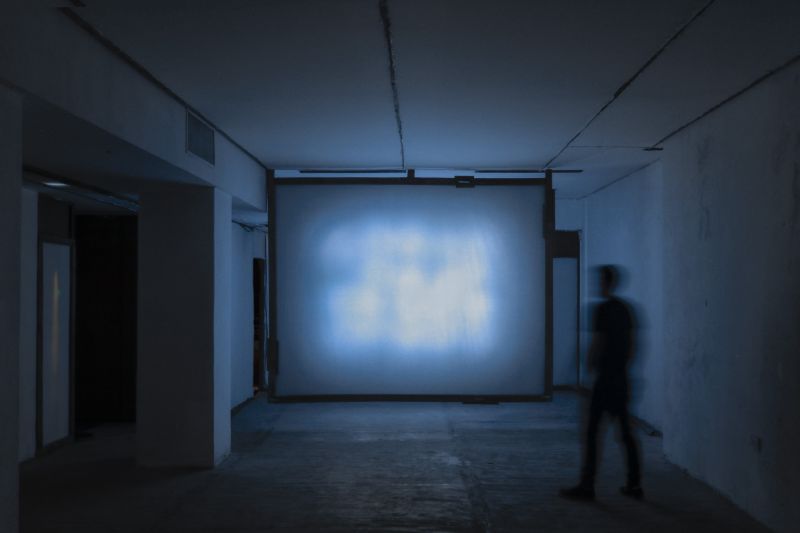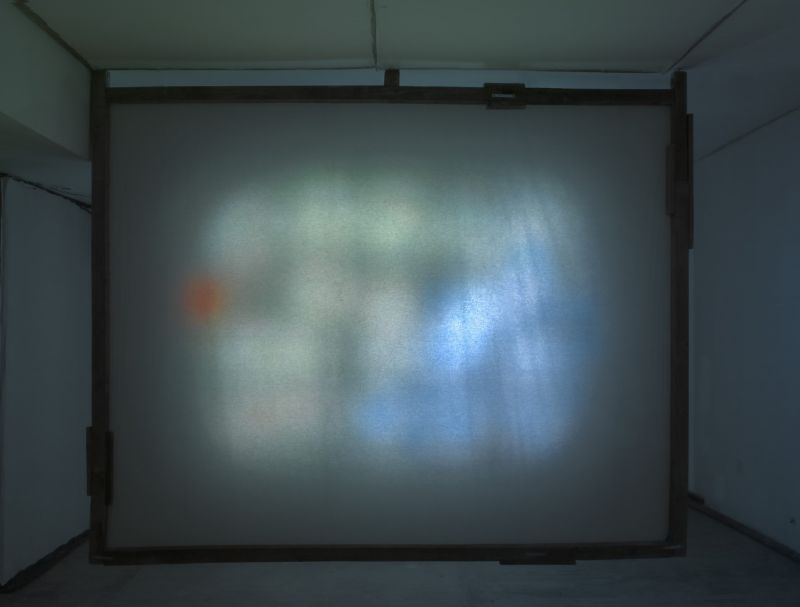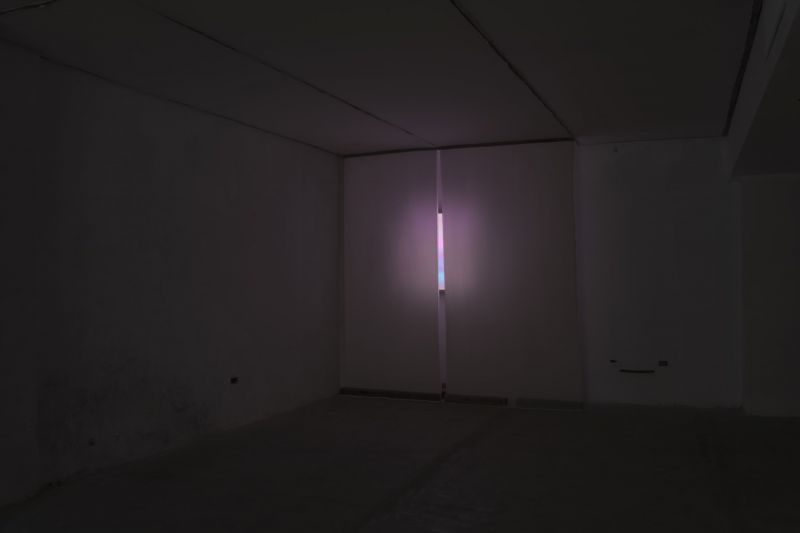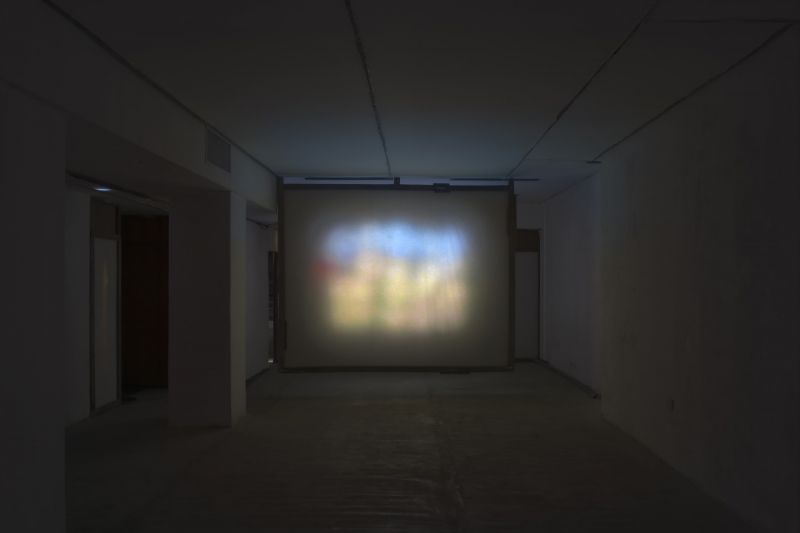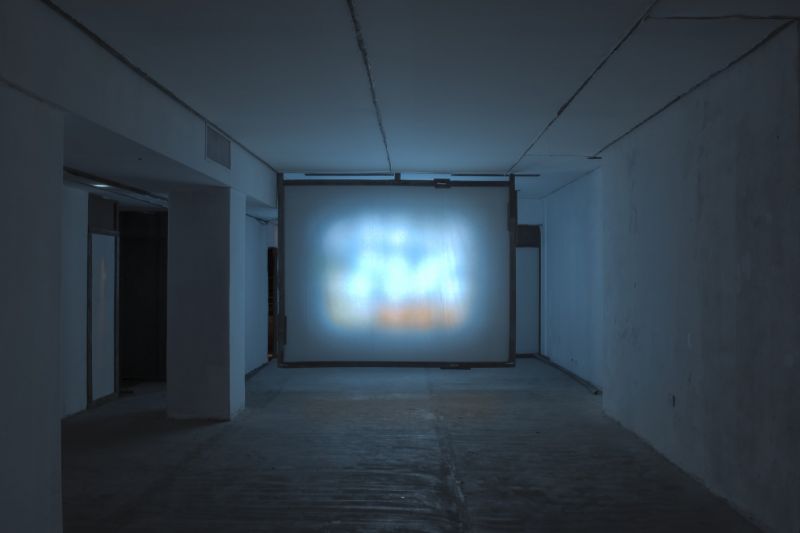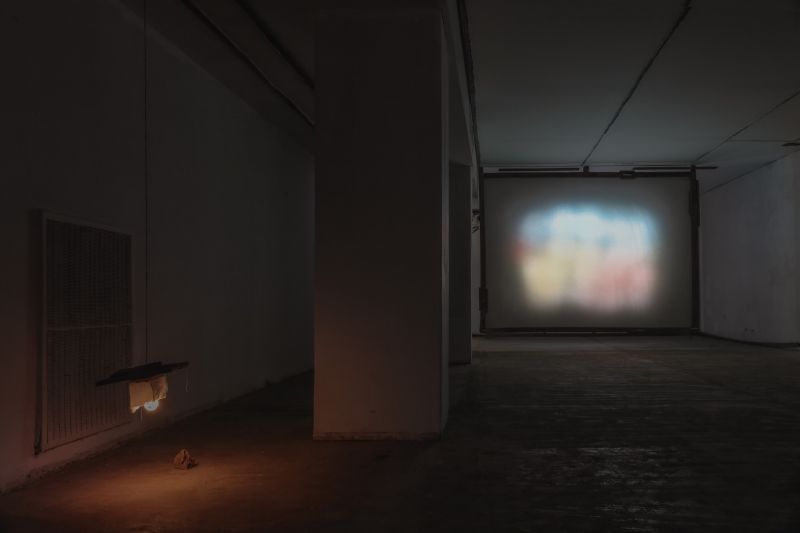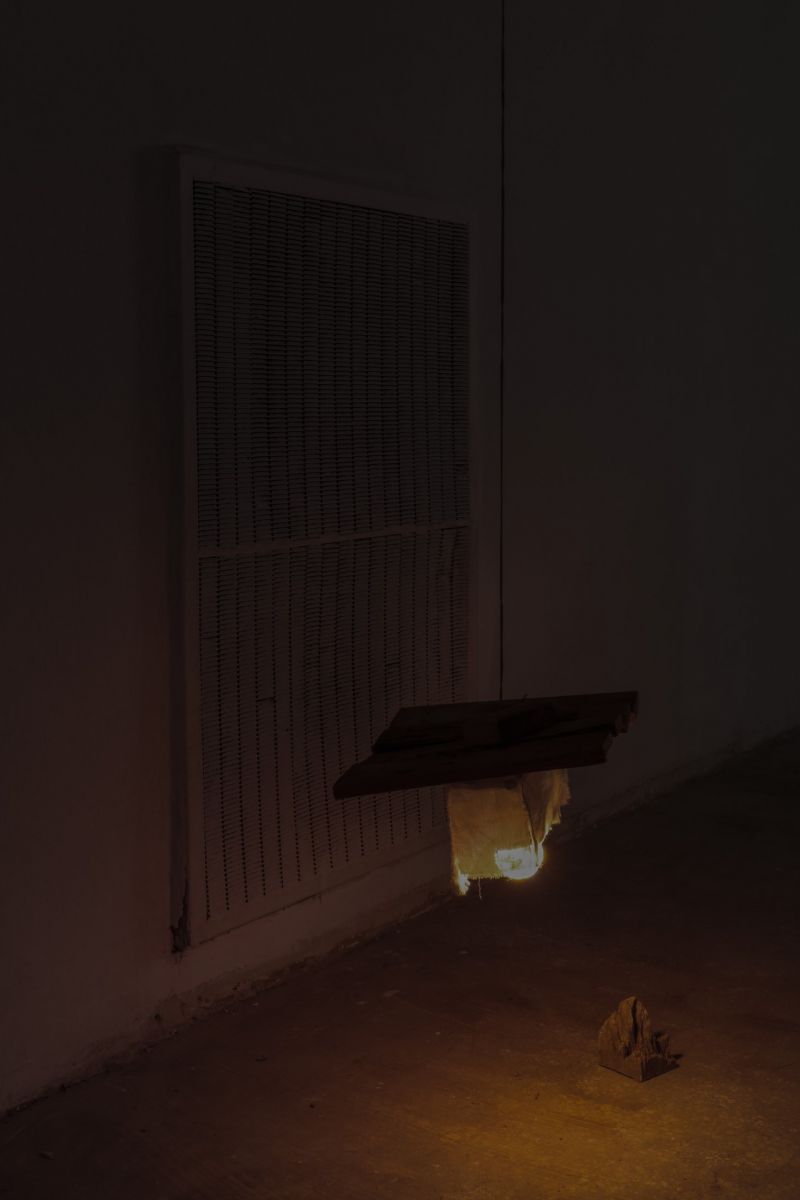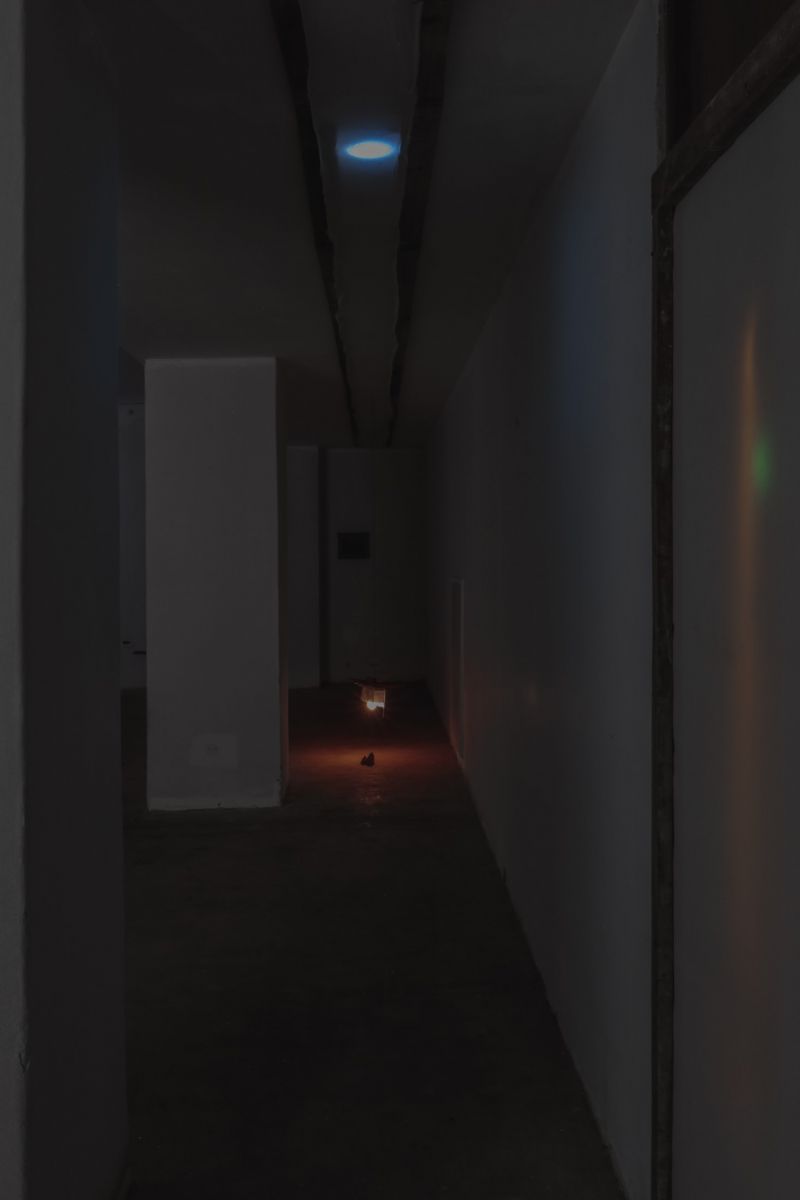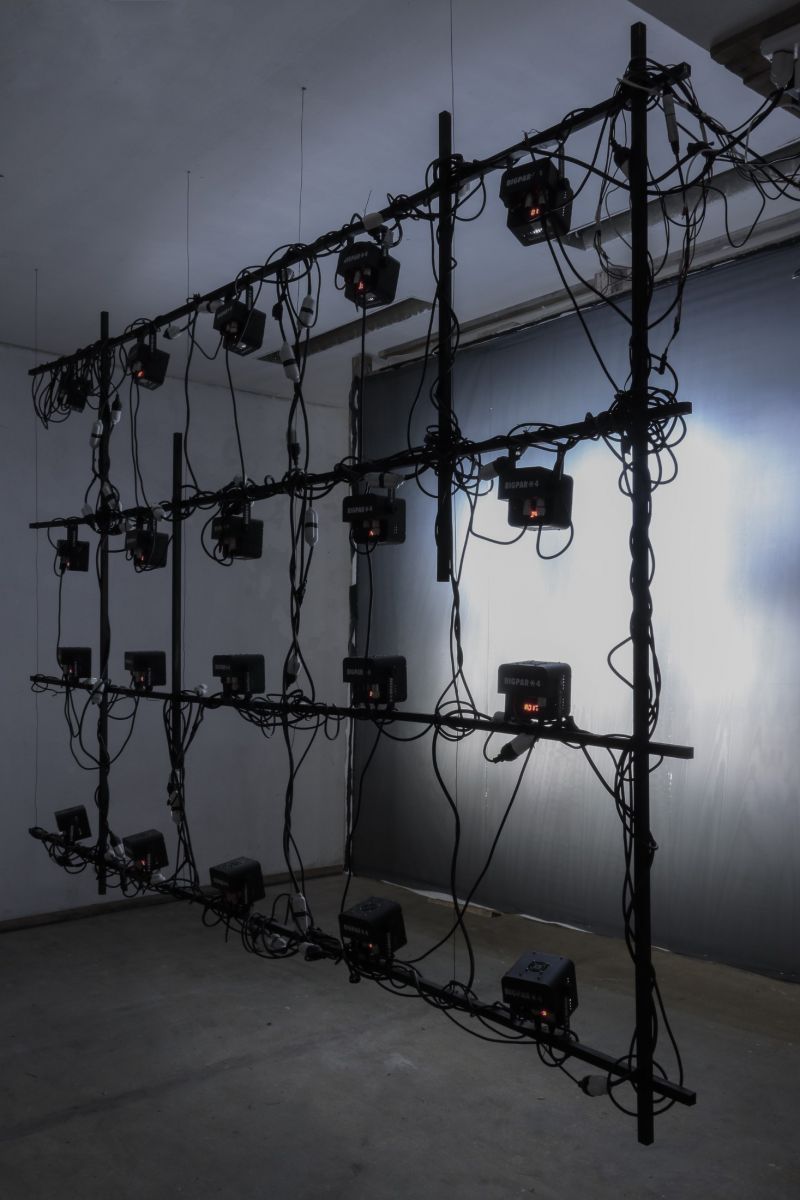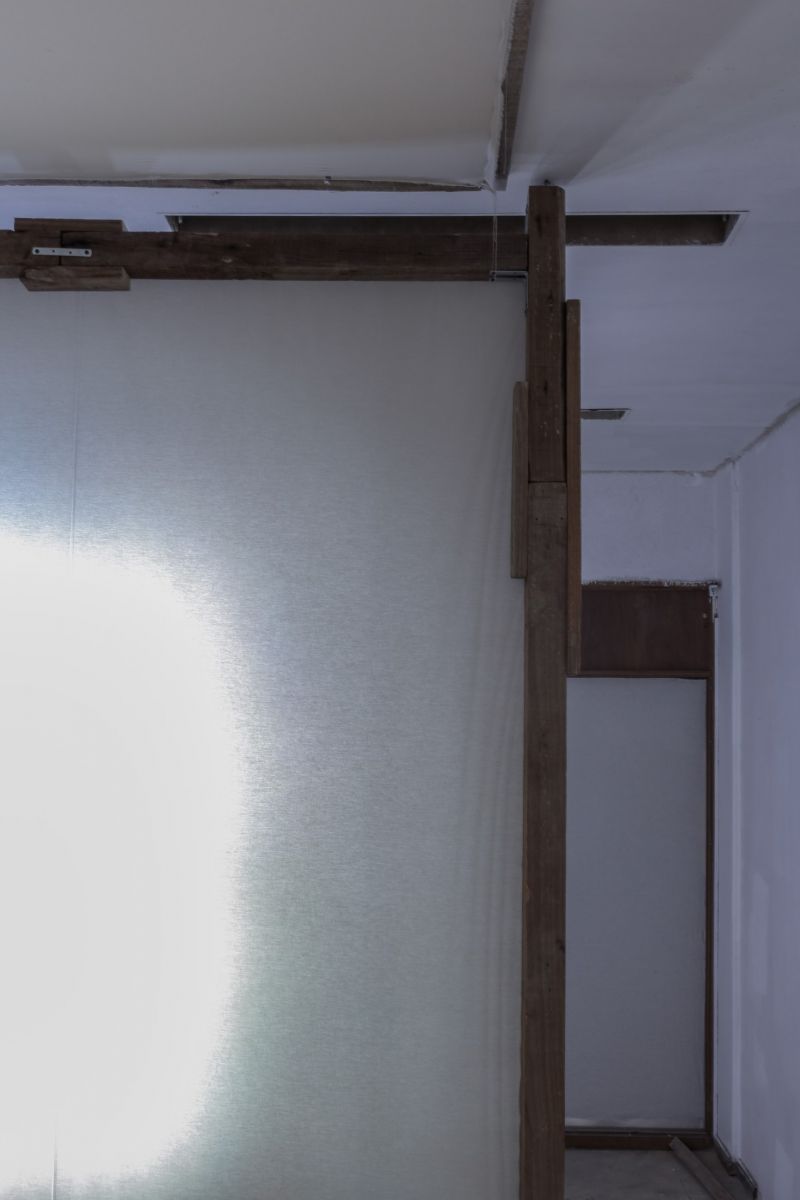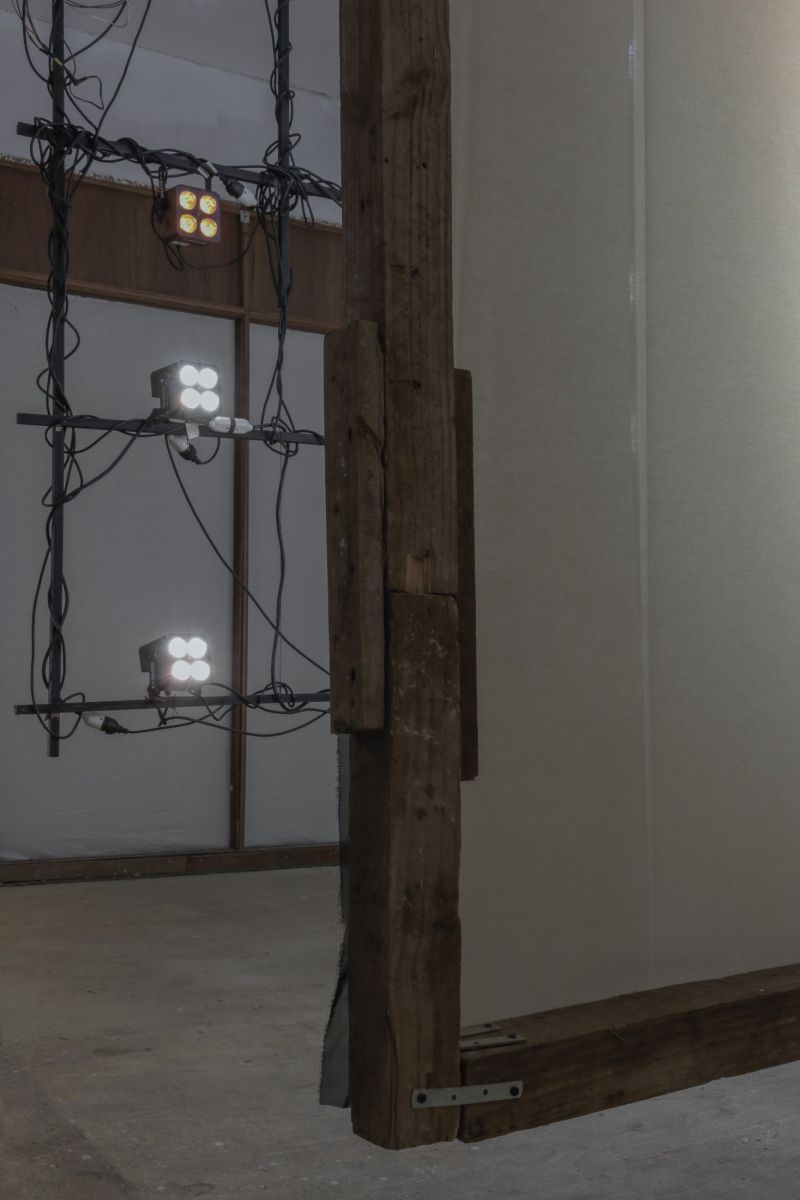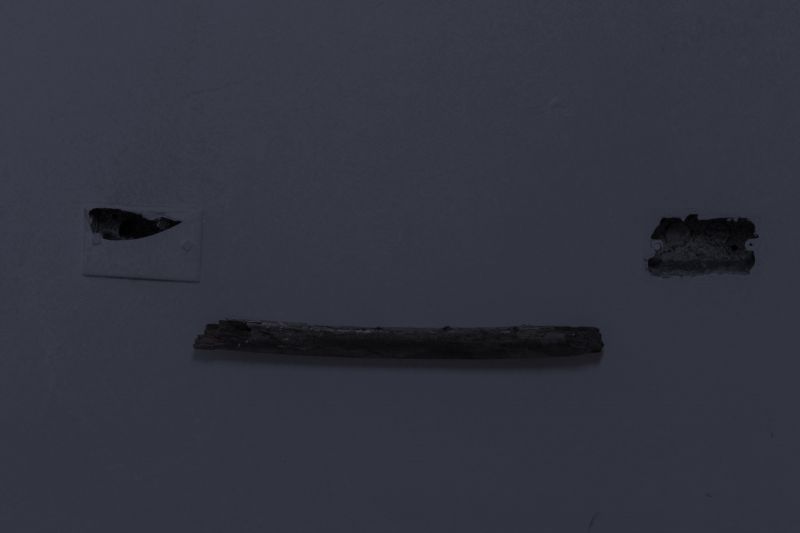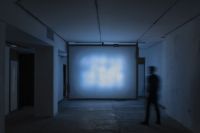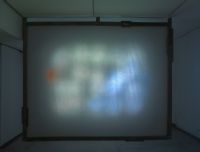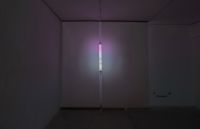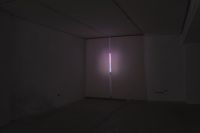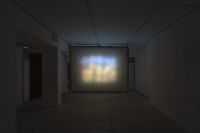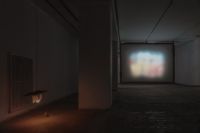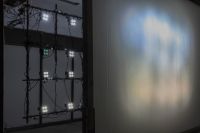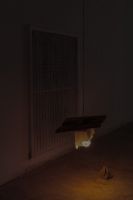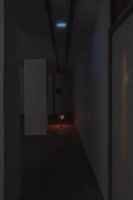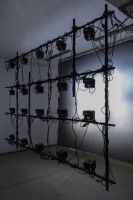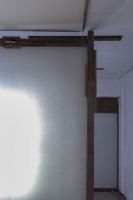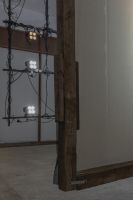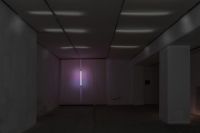Muestra | Mediato
MEDIATO
by Juan Ignacio Cabruja
Sala II
Work supervised by Fernando Molina and Gabriel González Suarez. Text by Olivia Funes Lastra.
When we traverse a landscape, each of its elements approaches to enter our field of vision. Then, they seem to recede and change state: from an isolated and recognizable element, they suddenly blend into the landscape to integrate with the rest. Over the course of the journey, this same element, once isolated and recognizable, becomes part of a whole, an open and constantly moving ensemble that is the landscape itself.
Ever-changing, the landscape simultaneously appears still and immobile. The landscape has its own time, which it only shares with human time at certain moments—or better said, with human eyes. Its light, its climate, are examples of those moments the landscape chooses to share with our eyes and our times.
When walking through architecture, time is different: its set of walls, right angles, ceilings, and floors also reveal themselves in parts. But unlike the landscape, architecture never unveils its entirety to us; it remains a closed set when we choose to inhabit it from the inside. We discover: a corner, part of the floor, a set of walls, ceilings that extend until reaching a window where the landscape reappears.
What happens when the landscape crosses the window to inhabit the architecture? When the light of the landscape and its climate infiltrate through the walls of a closed space? Extracting its colors, displacing them, and altering their times: the time of the landscape, the time of the architecture, the time of the hand that turns on a light, the time of the light that paints a space, and the time of the eyes that perceive it.
Does color have its own time? The color that comes from outside to inside brings a climate that the human eye barely manages to name, never fully approaching the changing light of the landscape and its times. What, then, is the time of a color? As soon as it encounters another, they combine to create a new one, ceasing to be the hue perceived a moment ago.
Is it color, then, that inhabits the space? It came from the landscape into the architecture to create its own space. Or more accurately: the colored light constructs its own room inside. Could it be that our eyes are the ones inhabiting the light of the color and its times?
The interior is the new canvas on which color relies to paint mixed times and various places, to be traversed by multiple bodies and wandering thoughts. Do your eyes suppose the same as mine? As I change the direction of my disoriented body, its questions exchange meanings once again.
Olivia Funes Lastra
